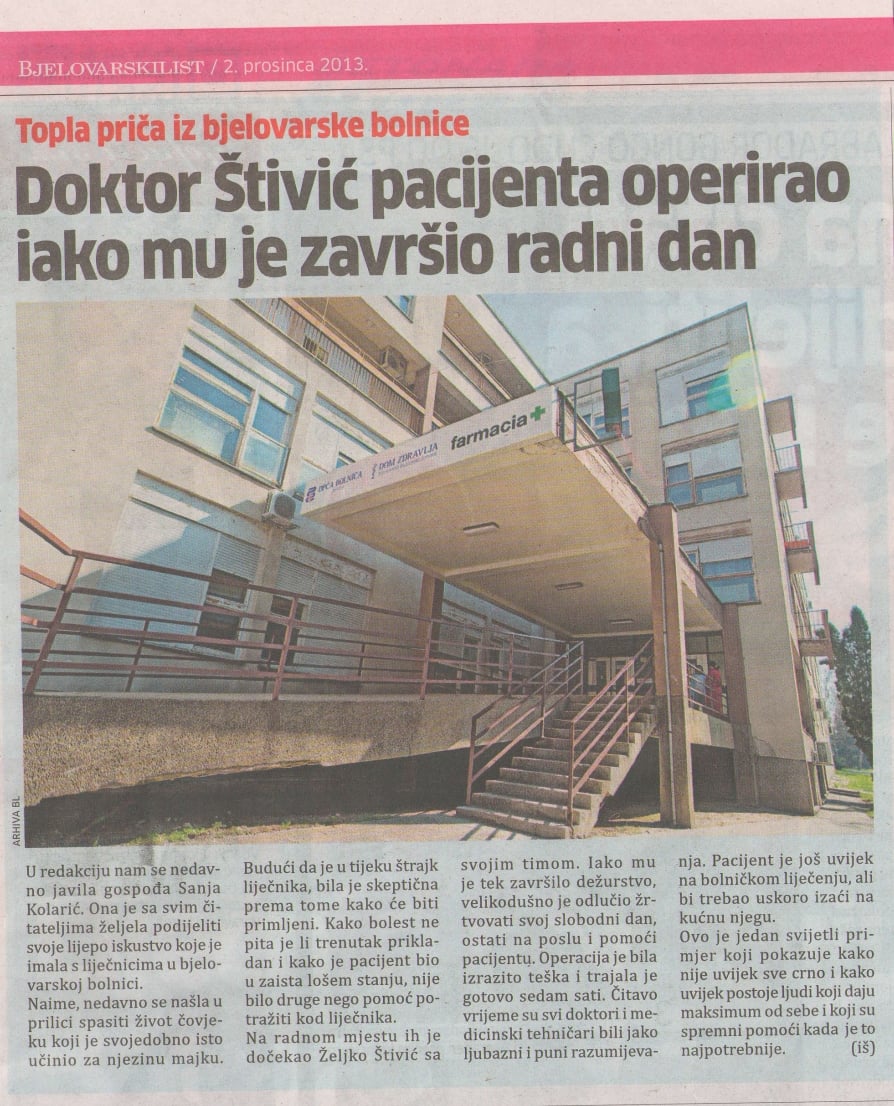

Antics and Sanner suggest a classification which comprises the following geothermal categories: geothermal power, deep geothermal resources (direct use) and shallow geothermal resources (mainly heat pumps). Normally, one can make a distinction between deep and shallow geothermal energy (p.

Geothermal energy can be captured from different depths and layers of the Earth. Renewables participated with around 10% in total energy used for heating and cooling, as well as with around 3% in the energy used for transport (pp. Renewable energy is mostly contributing in the sector of power consumption with at around a quarter of total power consumption. The share of renewables in total final energy consumption rose in period 2006–2016 for 2.3% (Traditional biomass did not increase its share, while modern renewables increased their share for 4.5%) (p. The rest is covered from fossil fuels (around 80%) and nuclear energy (around 2%). Further division within modern renewables shows that 4.2% of total final energy consumption comes from biomass/solar/geothermal heat, 3.6% hydropower, 2% wind/solar/biomass/geothermal/ocean power and 1% comes from biofuels for transport.

97)) the municipality of Ub, with its geographical location and structural characteristics, is placed between extreme values.Īccording to data of REN21, participation of renewables in general global energy consumption was around 18%: 7.5% is covered by traditional biomass, while 10.6% is covered by modern renewables. Additionally, on the traditional regional inequality gradients in the Republic of Serbia (These gradients include the following directions: (I) north-south (II) centre-periphery (III) and urban areas with closer surroundings-rural areas (p. According to the socio-economic spatial differentiation of Serbia, Ub is a municipality placed around average. Ub is a town which does not have district heating system, but mostly various individual heating solutions. These two stances revealed Ub as a representative case-study for this research. This article tends to present results for an average environment which can be representative for other Serbian towns, as well as for countries with similar socio-economic structure. Second, socio-economic development of Serbia is heterogeneous. Mainly, those households are located in smaller Serbian towns and rural areas. First, most of Serbian households do not have district heating and are therefore suitable terrain for introducing new heating systems.

Thus, there are two layers that should be considered.


 0 kommentar(er)
0 kommentar(er)
